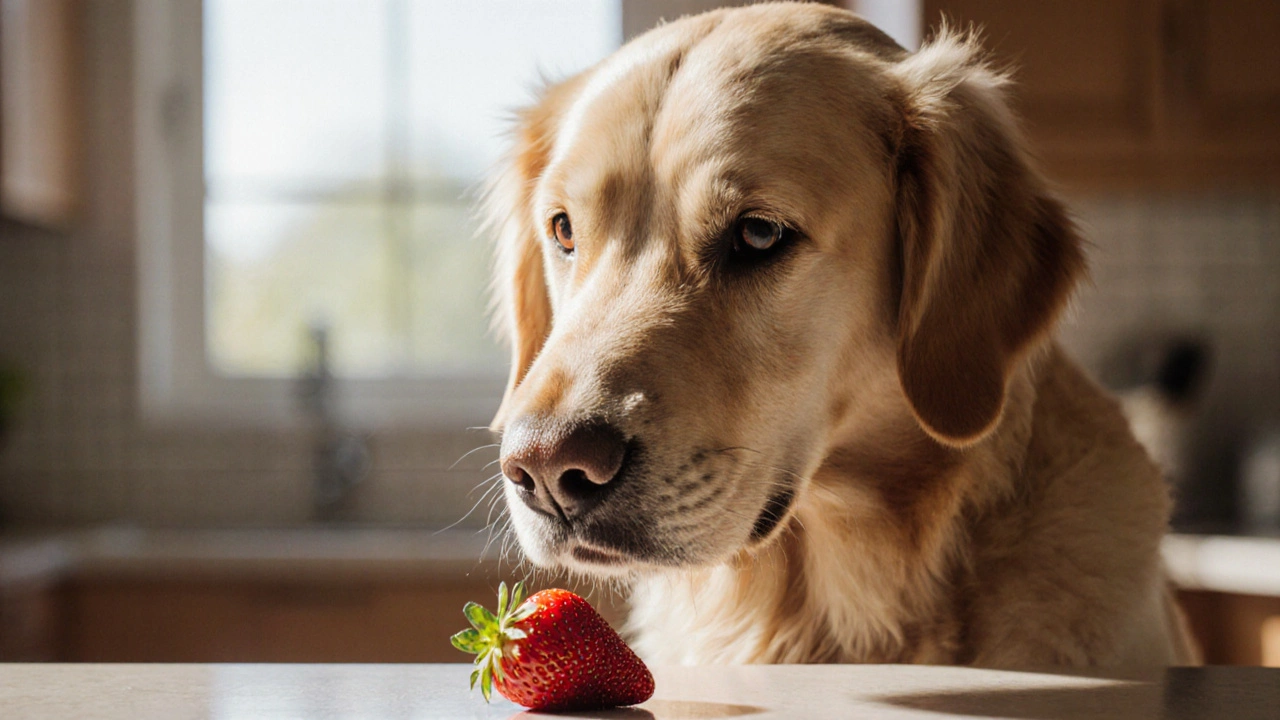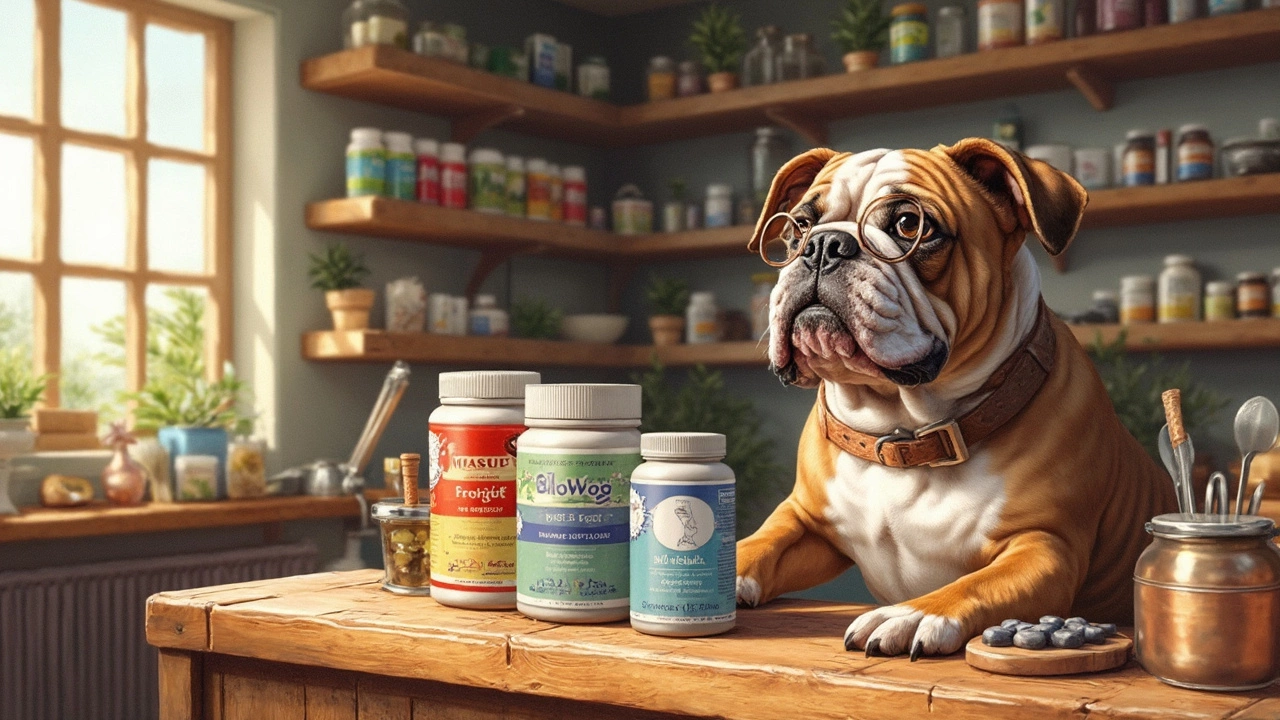Canine Nutrition: Simple Ways to Feed Your Dog Right
Feeding your dog isn’t just about filling a bowl – it’s about giving them the fuel they need to stay active, bright, and disease‑free. The good news? You don’t have to become a food scientist. A few smart choices can make a huge difference in your pup’s health.
Why Balanced Nutrition Matters
Dogs thrive on a mix of protein, fats, carbs, vitamins, and minerals. Too much of one thing – like filler carbs – can lead to weight gain, while missing key nutrients can cause skin issues, joint pain, or low energy. Think of your dog’s diet like a well‑balanced meal for yourself: the right amount of lean meat, healthy fats, and a pinch of veggies.
Recent vet guidelines stress that fresh, whole‑food ingredients beat heavily processed kibble when you can afford it. That doesn’t mean you have to ditch kibble entirely; just look for brands that list real meat first and avoid mystery meals with lots of corn or soy.
Everyday Tips for Healthier Meals
1. Check the feeding schedule. A common myth is that once‑a‑day feeding works for everyone. In reality, most adult dogs do best with two meals a day. Splitting calories helps keep blood sugar stable and reduces binge‑eating. If you’re busy, set a timer on your phone – it’s a simple habit that keeps the routine steady.
2. Add safe, wholesome extras. Fresh fruit like pineapple, in small pieces, can give a boost of Vitamin C and enzymes that aid digestion. Just remember to remove the core and keep portions tiny – a few bites are enough.
If you enjoy cooking, ground chicken is a low‑fat protein that many dogs love. Make sure it’s fully cooked, no seasoning, and mix it with a spoonful of plain pumpkin for fiber. This combo supports a healthy gut and shiny coat.
3. Watch the ingredients list. Look for “real chicken,” “wild‑caught fish,” or “grass‑fed beef” near the top. Avoid terms like “meat meal” unless you know the source. Additions like glucosamine, chondroitin, or omega‑3 oils are bonuses for joint health and skin.
4. Customize for life stages. Puppies need extra calories and DHA for brain growth, while seniors benefit from lower calories and added joint support. If your dog is 8 weeks old, expect plenty of naps and a bathroom break every 30‑60 minutes. Adjust portions as they grow.
5. Hydration is key. Wet foods or a splash of low‑sodium broth add moisture, especially for dogs that don’t drink much water. Proper hydration helps kidneys filter waste and keeps skin supple.
Putting these tips into practice doesn’t require a total diet overhaul. Start with one change – maybe swapping a weekly kibble bowl for a home‑cooked chicken‑pumpkin mix – and watch how your dog reacts. If they’re more energetic, have a shinier coat, or simply look happier, you’ve nailed it.
Remember, every dog is unique. Keep an eye on weight, coat condition, and energy levels, and adjust as needed. When in doubt, a quick chat with your vet can fine‑tune the plan. A little effort now means fewer vet trips later and a lifelong companion who feels their best.

Can Dogs Eat Strawberries? Safety, Benefits & Feeding Guide
Find out if strawberries are safe for dogs, their nutritional benefits, serving sizes, preparation tips, and when to avoid them.
View more
Best Supplements to Boost Your Dog's Diet
Enhancing your dog's diet with the right supplements can offer numerous benefits, from boosting their immune system to improving joint health. This article explores essential supplements that can contribute positively to your dog's overall well-being. Understanding the specific needs of your furry friend can help in selecting these supplements effectively. Discover some interesting facts and practical tips to ensure your dog's diet is as nourishing as it is tasty.
View more
Safest Proteins for Dogs: Ensuring Your Pet's Health with Every Bite
Finding the safest protein sources for dogs is crucial for their health and well-being. This article delves into the benefits of various proteins, offering insights into the most nutritious options. It discusses how these proteins contribute to your dog's diet, ensuring they receive essential nutrients. Learn the expert tips on selecting proteins based on your dog's needs and the role supplements play in enhancing their diet.
View more